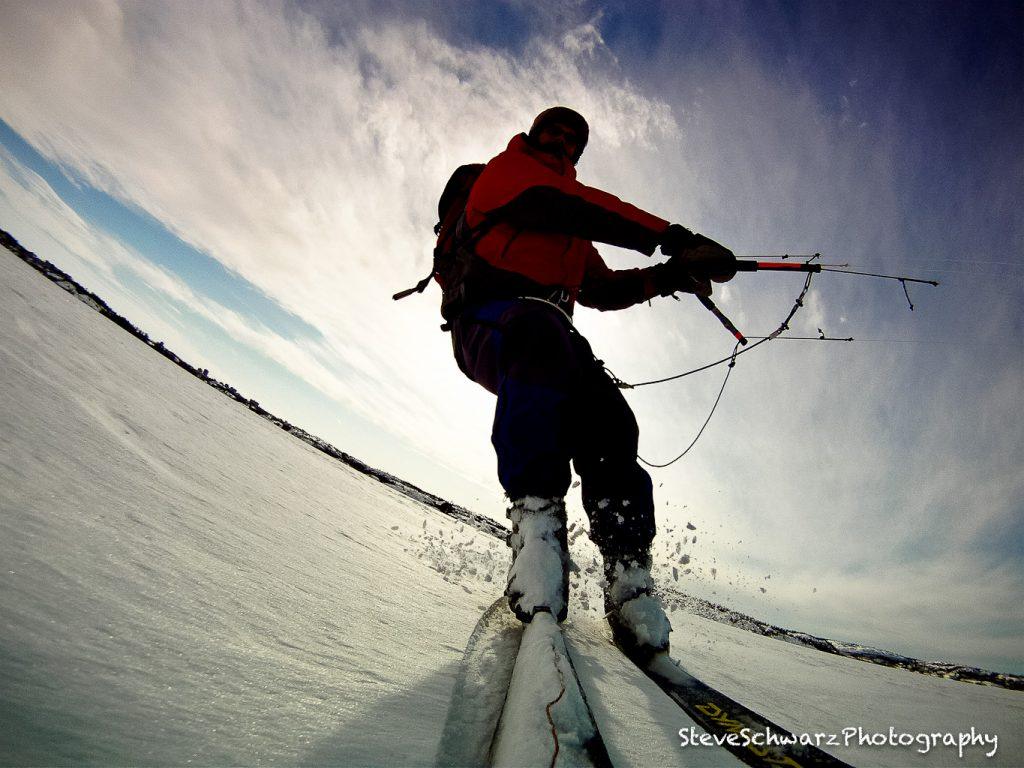Believe it – there are Creative Critics in your Head !
Actually, your head has two Creative Critics; one is your Personal Creative Critic, and the other one is for everyone else.
So, what’s the big deal ?. According to CreativeMinds.Org (http://creativeminds.org/articles/age.htm) by age 12 we are only using 2% of our creative potential, and that is all we have for the rest of our lives. Where did the other 98% go ?. CreativeMinds.Org suggests that our creativity is lost through the rules of society, the education system, habits, employment or social hierarchy (where you assume that your subordinates actually believe that you are all knowledgeable). These may all be valid observations. I see the Critic as the most destructive method of Creativity. Your own Creativity is stifled by your Personal Creative Critic [Self-Criticism] (“I am not good enough”, “their work is so much better”)…bang…Creativity is dead. Criticism from others is also (unfortunately) a very effective way of killing Creativity (“Why do you spend so much time on that”, “If you need a Photo.. I’ll take it for you”).
Photography is 90% creative and 10% technical. Anyone can learn the technichal apects; how to use a camera, and how to adjust exposure. Being creative with that black box is far more challenging. At times, my Personal Creative Critic takes over, not even letting me put the camera to my eye. I can carry my camera for hours and not even take one photo…’everyone is watching me’ or ‘if i take a picture of this – people will stop and stare’. Have you ever noticed how other people react when you put a camera to your eye ? It seems asthough the world stops and all eyes are on you. Maybe it is just my Personal Creative Critic.
It is hard overcomming the Personal Creative Critic. Just when you have beat it down, along comes the other Critic – Someone else. ‘I told you …do it this way’….’why are your lines crooked’….Bang…Bang…Bang.
Standing up to Criticism is the hardest thing that we have to overcome. For sum of us, it is easier than for others.
Hang on to that remaining 2% of your Creative potential and don’t let is be pounded down by the Critics.


